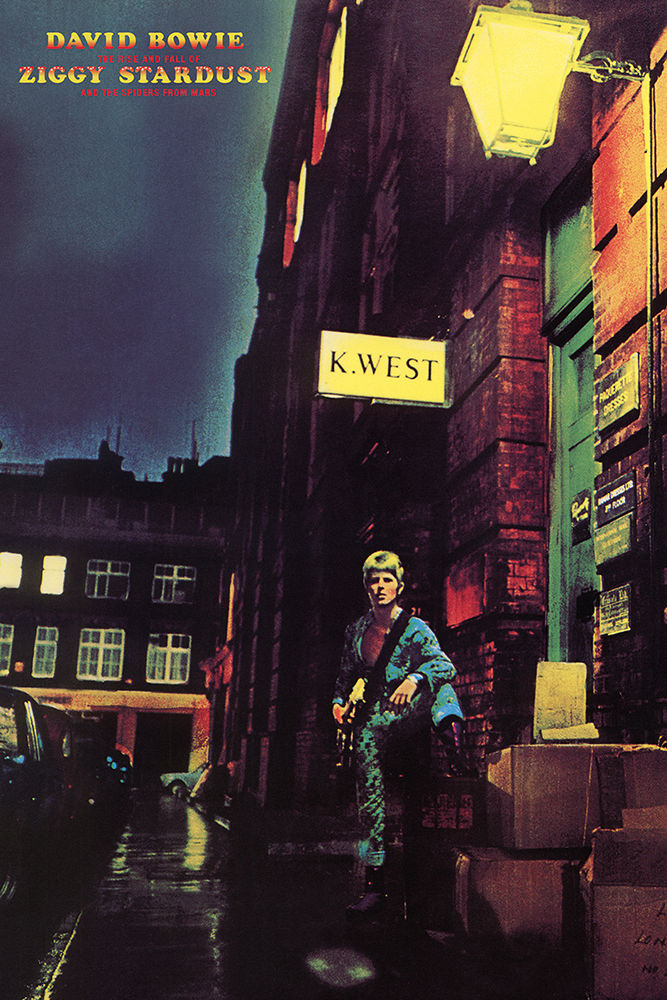Product Description
Add character to any space with this fantastic DAVID BOWIE ZIGGY STARDUST poster from our MUSIC/BANDS collection. Designed to inject personality into any room, our MAXI wall posters boast remarkable affordability without compromising on top-notch quality. With a vast array of choices, from unique and bestselling designs to iconic album cover posters. There’s something to suit every taste.
Rest assured, your poster will be carefully rolled into a sturdy tube for shipping, (not folded) and will be dispatched quickly. It will soon be ready to adorn your wall! Tracking information will be promptly provided via email or accessible through your PayPal transaction details, ensuring peace of mind throughout the delivery process.
Want to elevate your DAVID BOWIE ZIGGY STARDUST poster further? Delve into our selection of laminating, block mounting, and framing options, allowing you to impart a refined touch to your chosen artwork.
Should you want to put the poster into a frame you already own we encourage you to reach out to us before placing your order. This way, we can verify the dimensions to ensure they align with your preferences, as slight variations in poster sizes do sometimes occur.
So, transform your home or business into a haven of visual delight with our amazing range of captivating images. Don’t miss out – start shopping now and immerse yourself in a world of visual wonder!




Reviews
There are no reviews yet.